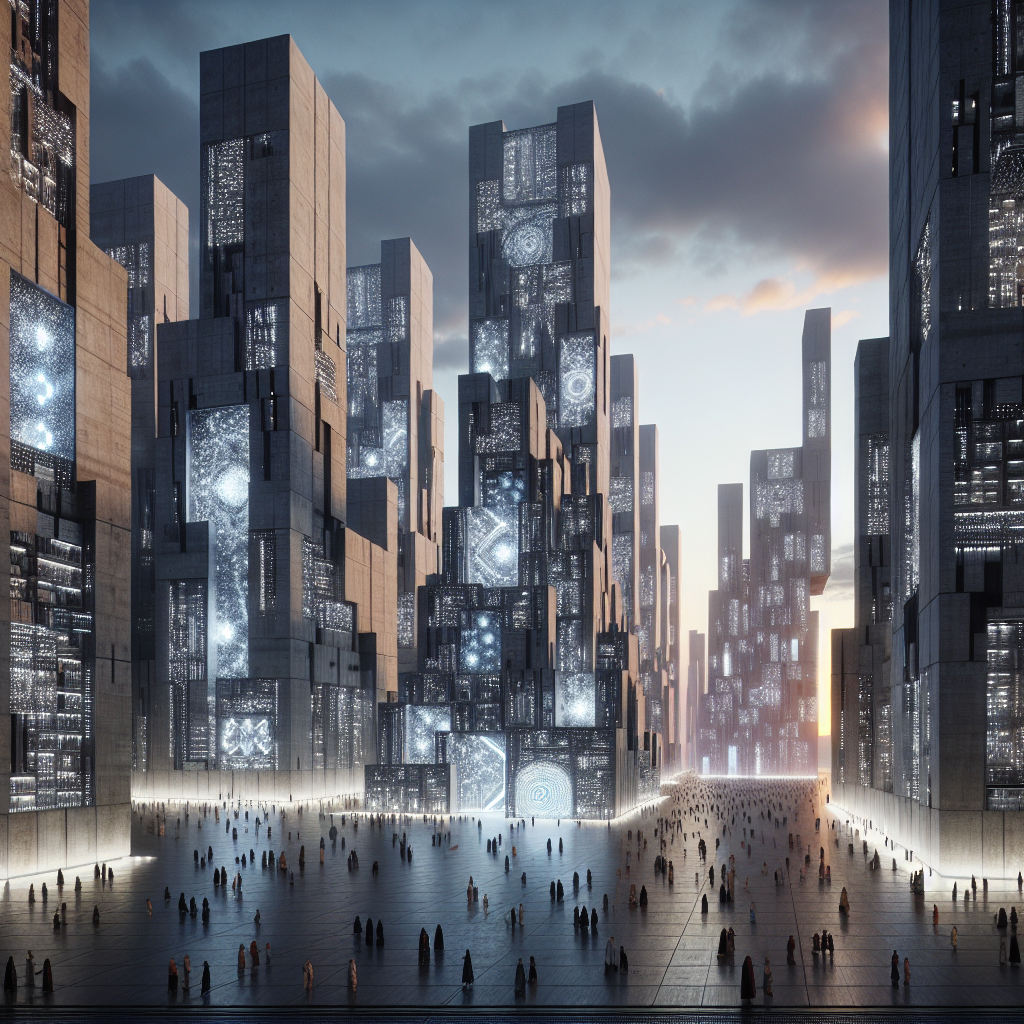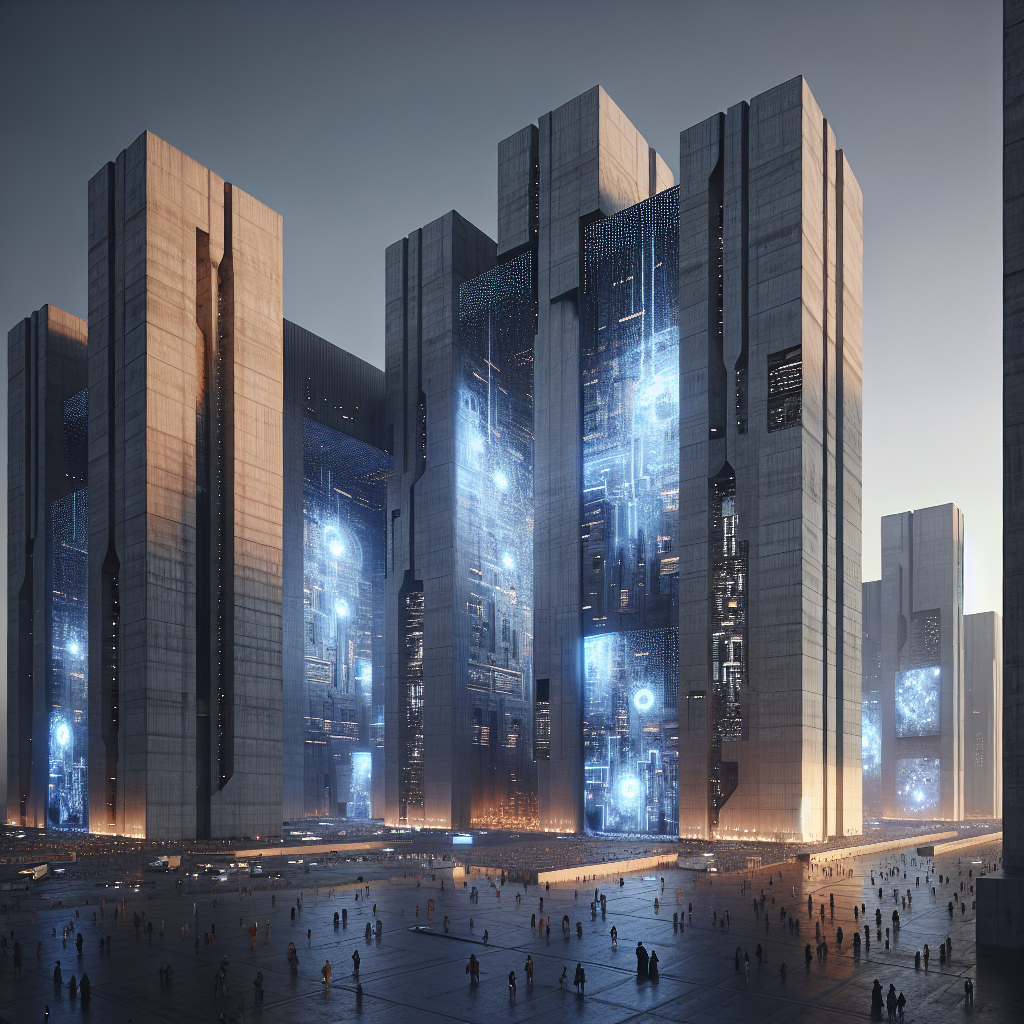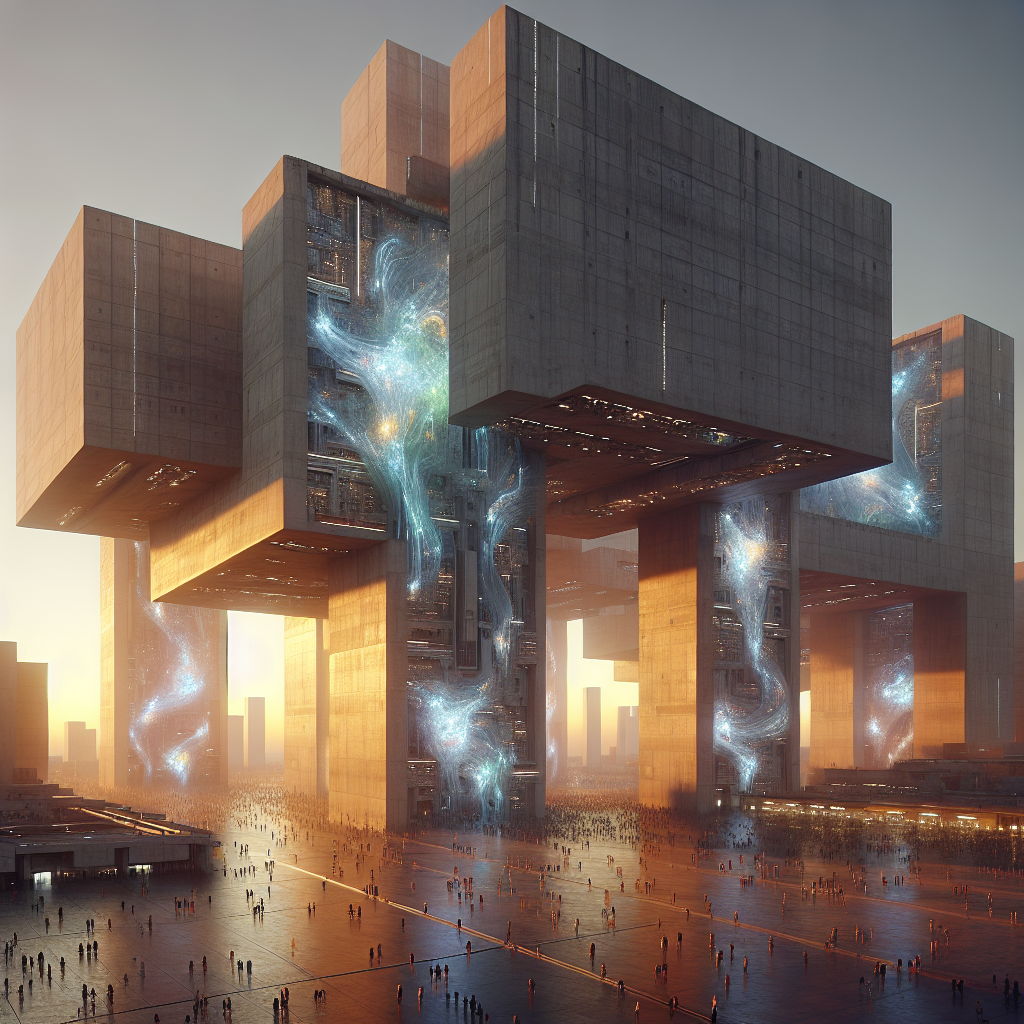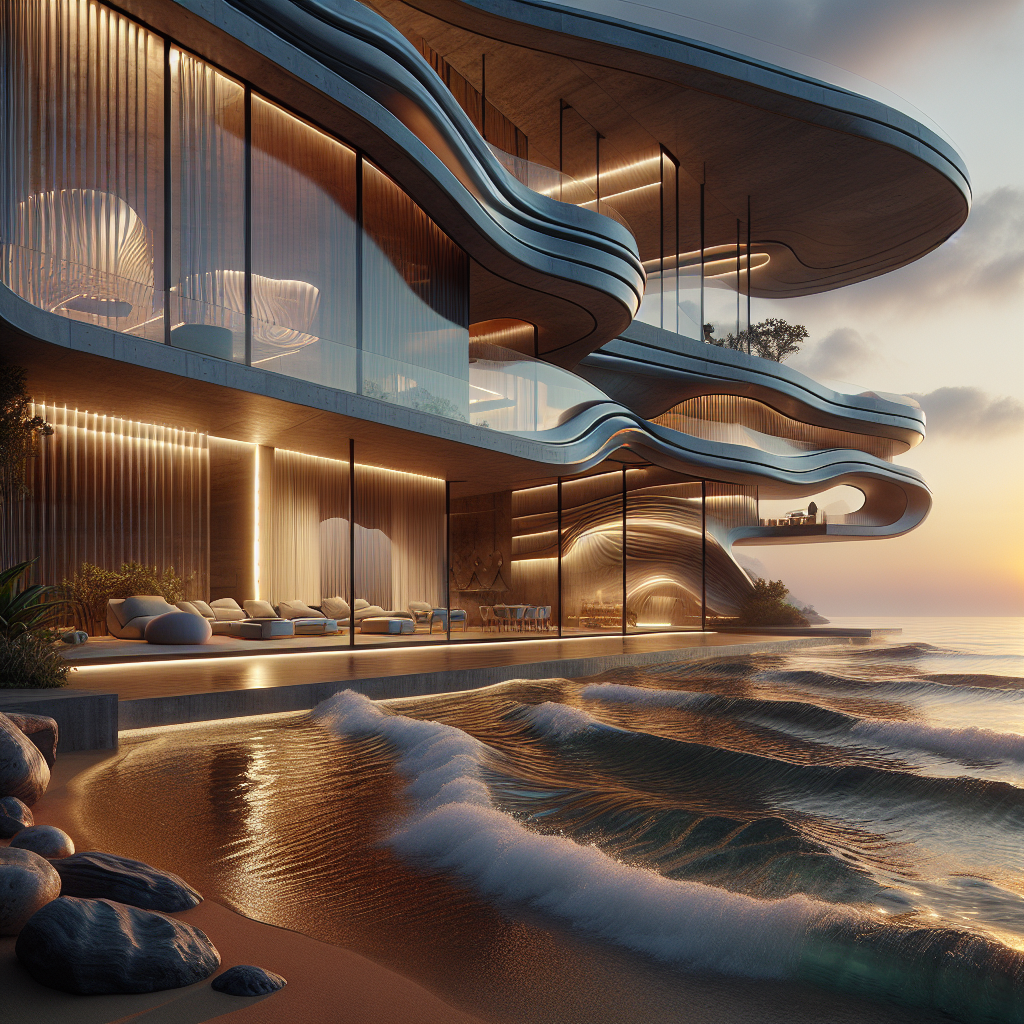Neo-brutalist synergy concrete: monoliths in the digital era
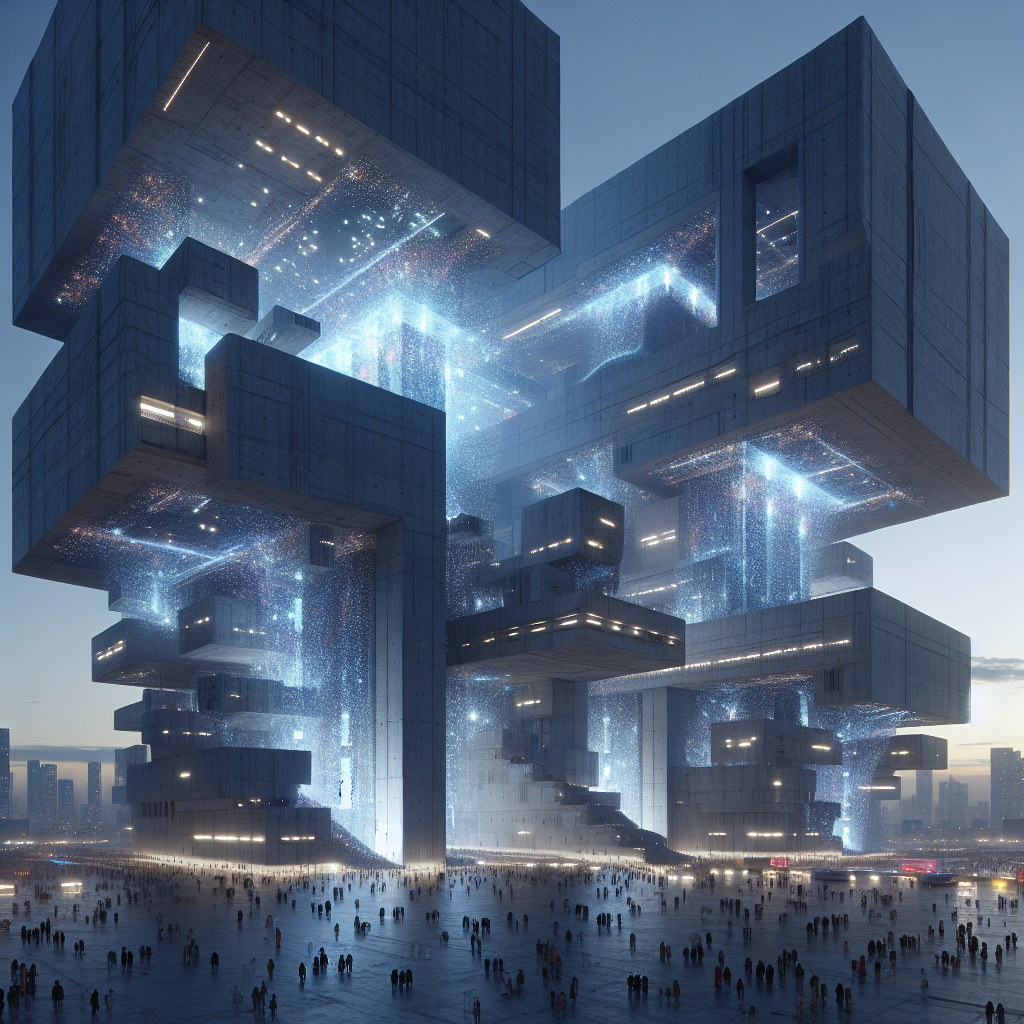
Neo-brutalism has re-emerged as one of the most provocative architectural languages of the 21st century. Once derided for its rawness, this concrete-heavy aesthetic is being reinterpreted for a digital era defined by fluidity, virtuality, and hyper-connectivity. Architects, designers, and cultural theorists are increasingly asking: what does it mean to build monoliths in a world where so much of our existence is intangible? The answer lies in what might be called a neo-brutalist synergy—a fusion of material monumentality with digital dynamism.
The Return of Concrete as a Cultural Symbol
Concrete, long associated with Brutalist architecture, has returned as a medium of choice for architects seeking permanence in an age of ephemerality. Its unapologetic solidity contrasts sharply with the fleeting nature of digital content, creating a counterbalance to the impermanence of screens and streams. The resurgence is not accidental: in a time of climate anxiety and rapid urban transformation, concrete’s weight and durability project a sense of stability, even as its environmental impact remains contested.
Contemporary projects are rethinking concrete’s narrative. No longer confined to the grey monoliths of post-war Europe, today’s neo-brutalist structures integrate advanced technologies such as self-healing concrete and digital fabrication methods. These innovations allow architects to create forms that are simultaneously monumental and adaptive, embodying both the permanence of stone and the flexibility of code.
Monoliths in the Digital Era
The monolith, once a symbol of power and authority, is being reimagined as a vessel for digital culture. In urban landscapes, massive concrete facades now double as canvases for architectural projections, where light and motion transform static surfaces into dynamic storytelling platforms. These hybrid structures embody what could be called digital monoliths—anchors of physical presence that simultaneously serve as portals to virtual worlds.
Consider the recent wave of museums and cultural centers that integrate interactive LED skins into their concrete shells. The interplay between brutalist solidity and digital fluidity creates a tension that resonates with contemporary audiences. The building is no longer just a container for art; it becomes a living interface, mediating between the tangible and the immaterial.
Neo-brutalism and the Human Experience
For all its monumentalism, neo-brutalism is not solely about spectacle. It is also about crafting human-centric environments that evoke emotional responses. The tactile roughness of exposed aggregate walls, the cavernous silence of poured-concrete halls, and the interplay of shadow and mass all contribute to a sensory architecture that resists digital flattening.
In this sense, neo-brutalism aligns with broader design movements that prioritize embodied experience. Just as biophilic design reconnects us with nature, neo-brutalism reconnects us with materiality. It insists on the weight of walls, the density of matter, and the presence of space—qualities that cannot be swiped away.
Case Studies: Global Neo-brutalist Synergies
Several recent projects exemplify this synergy between concrete monumentality and digital innovation:
- The Brutalist Data Center, Stockholm – A subterranean facility encased in thick concrete walls, designed to protect sensitive digital infrastructure. Its brutalist aesthetic underscores the paradox of safeguarding intangible data within a fortress of stone.
- OMA’s Qatar National Library – While not strictly brutalist, its monumental concrete interiors echo the genre. Vast, angular planes frame a digital archive, creating a dialogue between physical permanence and virtual knowledge.
- TeamLab Borderless, Tokyo – Though primarily a digital art museum, its concrete shell provides the grounding mass that allows ephemeral projections to achieve resonance. The juxtaposition of heavy material and fleeting light epitomizes neo-brutalist synergy.
Concrete, Sustainability, and Digital Futures
Of course, any discussion of concrete in 2025 must address sustainability. Traditional concrete production accounts for nearly 8% of global CO₂ emissions, according to the cement industry’s data. The neo-brutalist revival is therefore inseparable from innovations in sustainable materials. From carbon-sequestering concrete to recycled aggregates, the material is being re-engineered to align with the demands of a carbon-conscious era.
In parallel, digital technologies are reshaping how concrete is designed and deployed. Parametric design enables architects to generate complex geometries that were once impossible to cast. Robotic fabrication and 3D printing with concrete are pushing the boundaries of form, allowing for structures that feel both monumental and organic. These processes not only reduce waste but also open new aesthetic horizons, where concrete’s brutalist heritage meets algorithmic elegance.
Neo-brutalism in Interiors
The neo-brutalist ethos is not confined to architecture; it has seeped into interiors and product design. Exposed concrete walls are being paired with plush textiles, warm woods, and adaptive lighting to create spaces that are at once raw and refined. This trend—sometimes called soft brutalism—tempers the severity of concrete with tactile comfort, making it palatable for residential and hospitality environments.
In furniture and lighting, designers are embracing brutalist geometries—blocky silhouettes, rough textures, and monolithic forms—while integrating digital technologies such as embedded LEDs or smart controls. The result is a hybrid aesthetic that speaks to both permanence and adaptability.
The Cultural Resonance of Neo-brutalism
Why does neo-brutalism resonate so strongly today? Part of the answer lies in its symbolic weight. In an era dominated by digital minimalism and glossy interfaces, the unapologetic heaviness of concrete feels almost radical. It asserts that architecture is not just a backdrop for digital life but a protagonist in shaping cultural identity.
Neo-brutalism also taps into a collective nostalgia for modernist utopias, while acknowledging their failures. By integrating digital technologies and sustainable practices, today’s architects are rewriting the brutalist script—retaining its monumental presence while shedding its alienating tendencies.
Looking Ahead: Monoliths as Interfaces
The future of neo-brutalist synergy lies in treating monoliths not as mute objects but as interfaces. Imagine concrete facades embedded with responsive sensors, capable of shifting their thermal properties in real time. Picture civic monuments that double as digital archives, their surfaces projecting collective memories. These are not speculative fantasies but emerging realities, as architects explore the convergence of material and digital intelligence.
As cities grapple with density, climate change, and digital saturation, neo-brutalism offers a compelling framework. It grounds us in the physical while opening portals to the virtual. It is at once archaic and futuristic, monumental and adaptive. In short, it is the architecture of our paradoxical age.
Neo-brutalist synergy concrete is more than a style; it is a cultural statement. It insists that in the digital era, we still need monoliths—not as relics of power, but as anchors of meaning.
